
Separation Techniques YouTube
1.2 3 Separation Techniques Download PDF Test Yourself Simple Distillation This is used to separate a liquid and soluble solid from a solution (e.g., water from a solution of salt water) or a pure liquid from a mixture of liquids

Separation of Mixtures in Chemistry YouTube
Different experimental techniques are used to separate a variety of mixtures into individual substances. There are also a number of ways to distinguish physical and chemical changes. Part of.
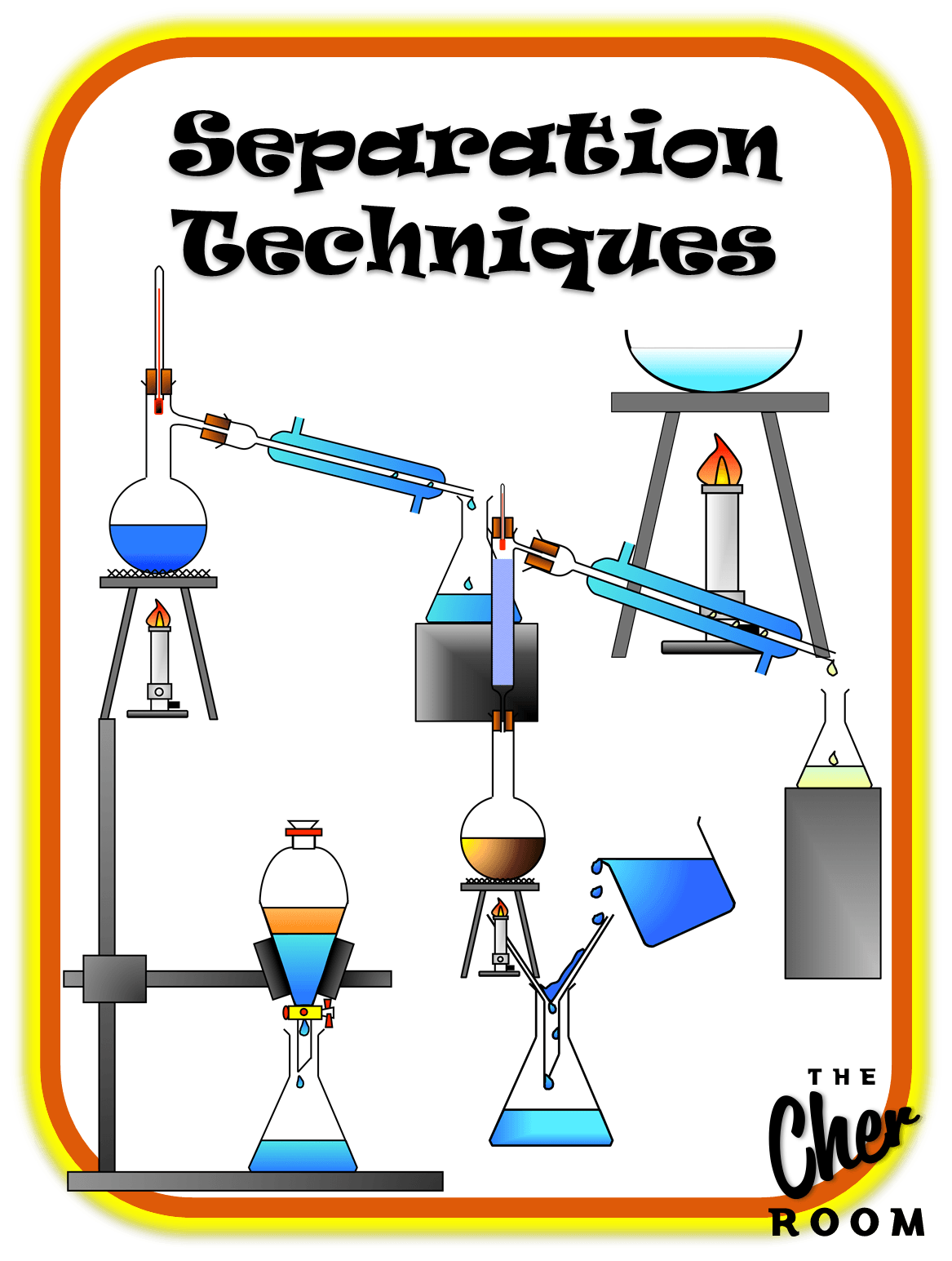
Separation Techniques 1.6K plays Quizizz
403. (Deutsch) The separation of a mixture into its individual components is one of the most fundamental procedures in analytical and industrial chemistry. This classic book in analytical chemistry provides a comprehensive yet systematic outline of all known separation methods. Through its detailed treatment of the basic principles of.

Separating Mixtures — Overview & Common Methods Expii
Separating Funnel Method This is a separation m ethod used to separate immiscible liquids due to the difference in their densities. Immiscible liquids means liquids that do not mix together to form a uniform mixture but separate out into layers.

PPT Branches of Chemistry PowerPoint Presentation, free download ID4452511
Separating soluble solids from a liquid. Evaporation is when you heat a liquid up enough that it turns into a gas. Here is an example of separating salt from salt water… Here is how to evaporate a solid from a liquid: Set up the equipment on top of a heat proof mat, as seen above. Turn the bunsen burner onto a blue flame.
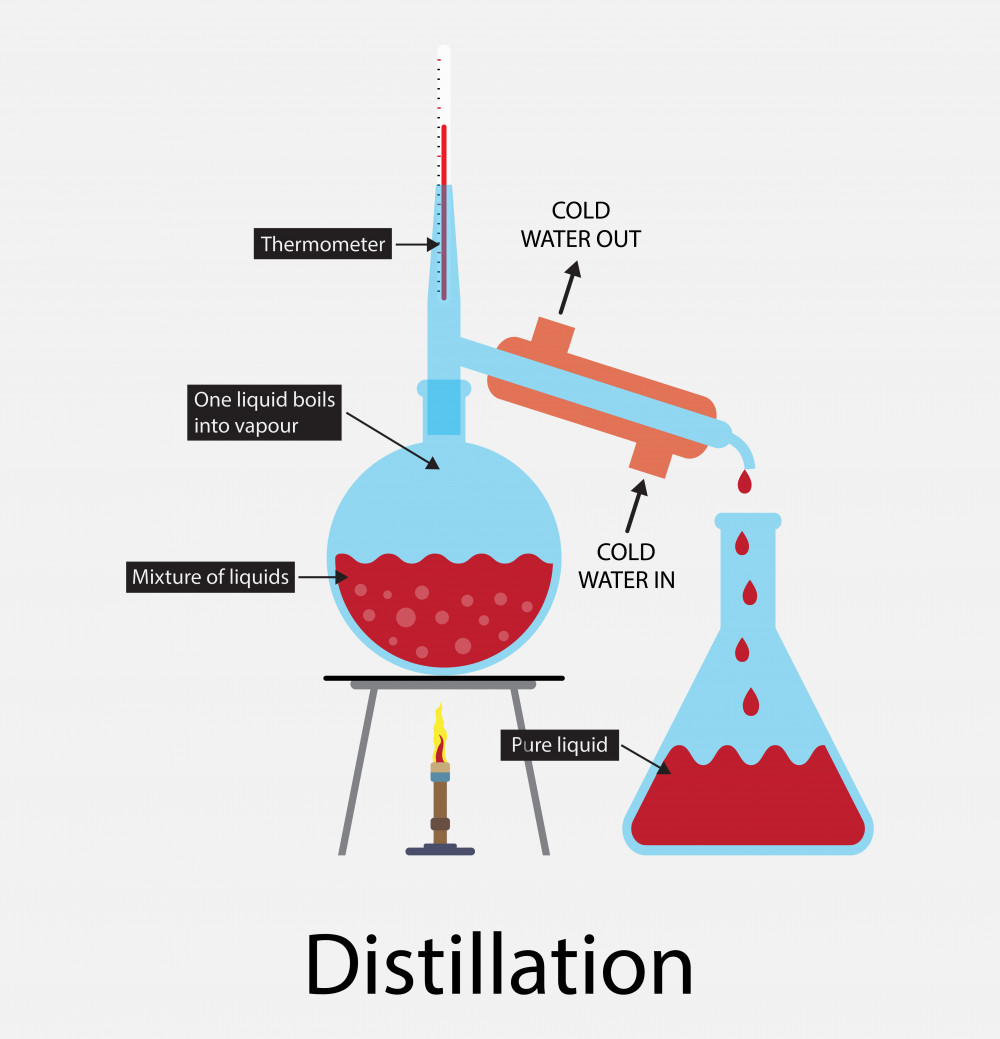
Chemistry Separating Mixtures Level 1 activity for kids PrimaryLeap.co.uk
Evaporation. Evaporation is a technique used to separate out homogeneous mixtures that contain one or more dissolved salts. The method drives off the liquid components from the solid components. The process typically involves heating the mixture until no more liquid remains. Prior to using this method, the mixture should only contain one liquid.

Separation techniques Preliminary Chemistry YouTube
📺Part 1 of our series on Separation Techniques explains the different types of separation techniques, including sieving, sedimentation, centrifugation, deca.
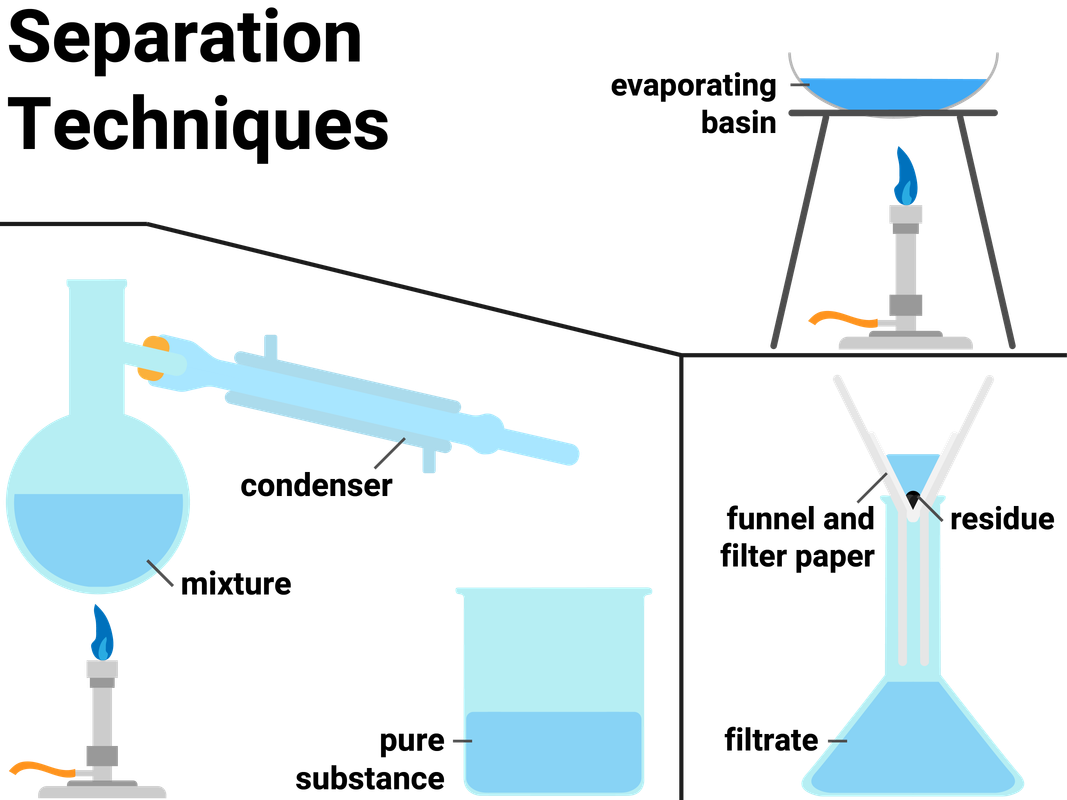
Atoms, Elements and Compounds AQA C1 revisechemistry.uk
Five common techniques are distillation, fractional distillation, filtration, crystallisation and chromatography Simple Distillation This is used to separate a liquid and soluble solid from a solution (e.g., water from a solution of salt water) or a pure liquid from a mixture of liquids

Introduction separation techniques in chemistry YouTube
Separating mixtures The substances in a mixture are relatively easy to separate, because they are not chemically joined to each other. The components of a mixture can be separated without.

Separation techniques CPD Education in Chemistry
Separation techniques Filtration This technique is used to separate an insoluble solid from a liquid. It can be used to obtain a product that is free from unreacted chemicals, by-products or.
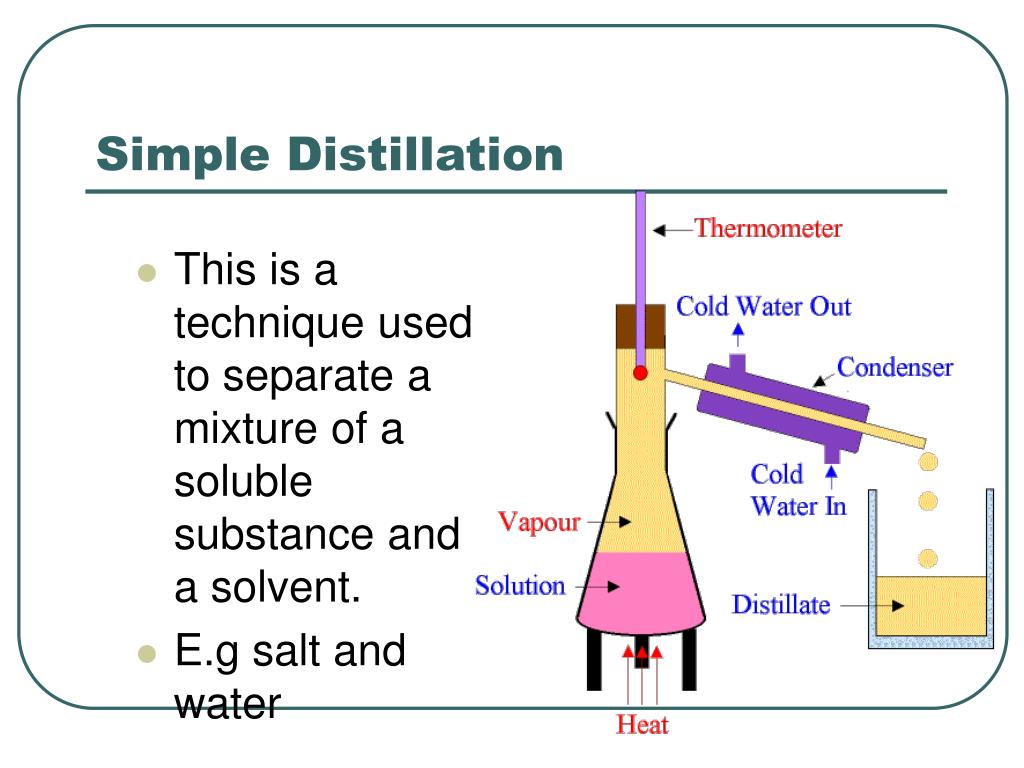
PPT Separation Techniques Grade 10 Chemistry PowerPoint Presentation ID270438
Used to separate a liquid and soluble solid from a solution (e.g. water from a solution of saltwater) or a pure liquid from a mixture of liquids The solution is heated and pure water evaporates producing a vapour which rises through the neck of the round-bottomed flask

New KS3 Chemistry separation techniques revision Teaching Resources
Separations are techniques used to split up mixtures into their different components. The types of separation used to accomplish this will depend on the states of matter in which we find the mixtures components. For mixtures containing liquids and insoluble solids components, filtration is often used. For mixtures containing liquids (solvents) and soluble (solutes), techniques such as.
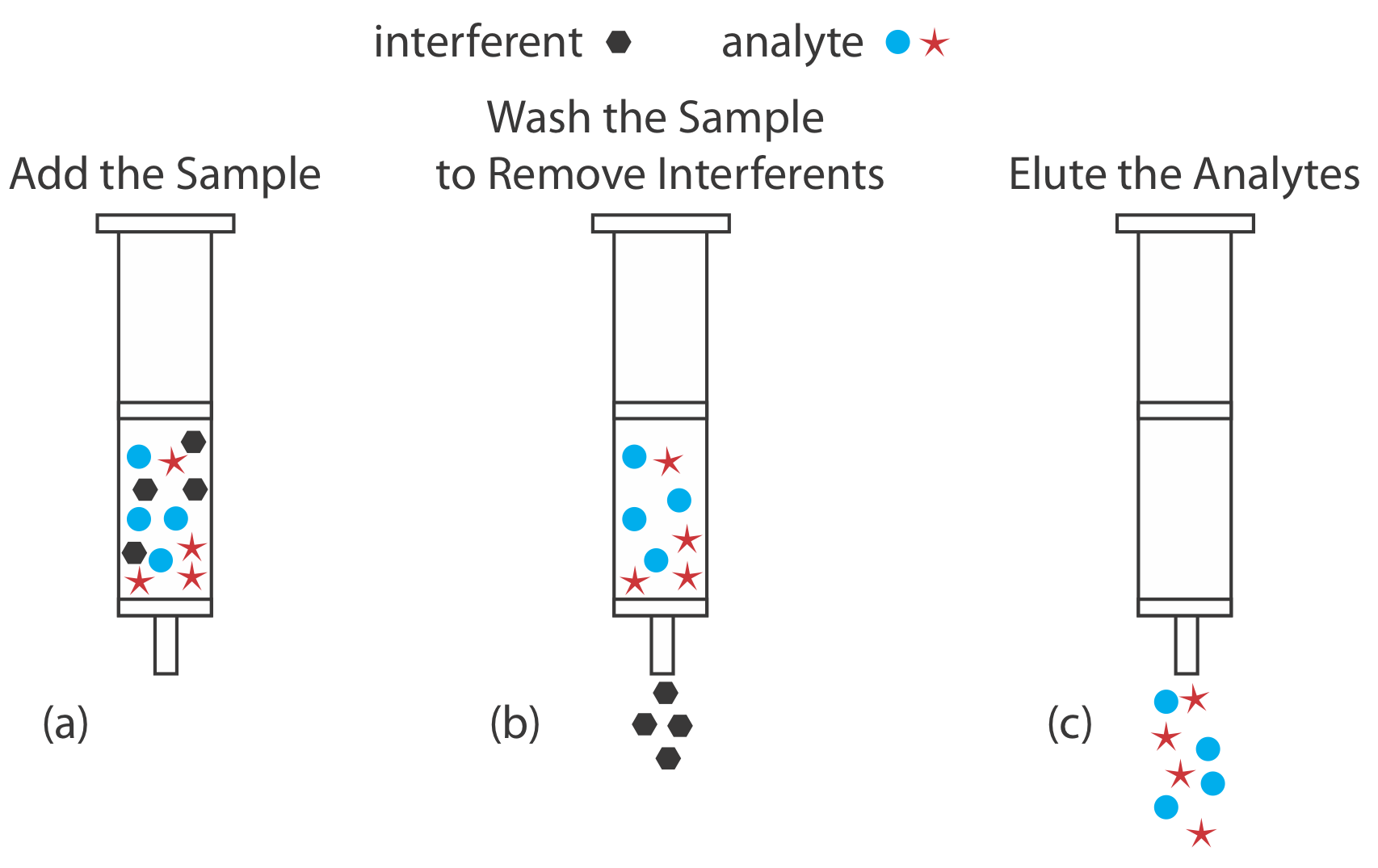
7.6 Classifying Separation Techniques Chemistry LibreTexts
12.1: Overview of Analytical Separations. Page ID. In Chapter 7 we examined several methods for separating an analyte from potential interferents. For example, in a liquid-liquid extraction the analyte and interferent are initially present in a single liquid phase. We add a second, immiscible liquid phase and mix them thoroughly by shaking.

Separation Techniques (Chemistry) YouTube
7.6: Classifying Separation Techniques

Separating Techniques. YouTube
Solutions and separations. There are different ways to separate mixtures, eg by filtration, crystallisation, distillation or chromatography. The method chosen depends upon the type of mixture.
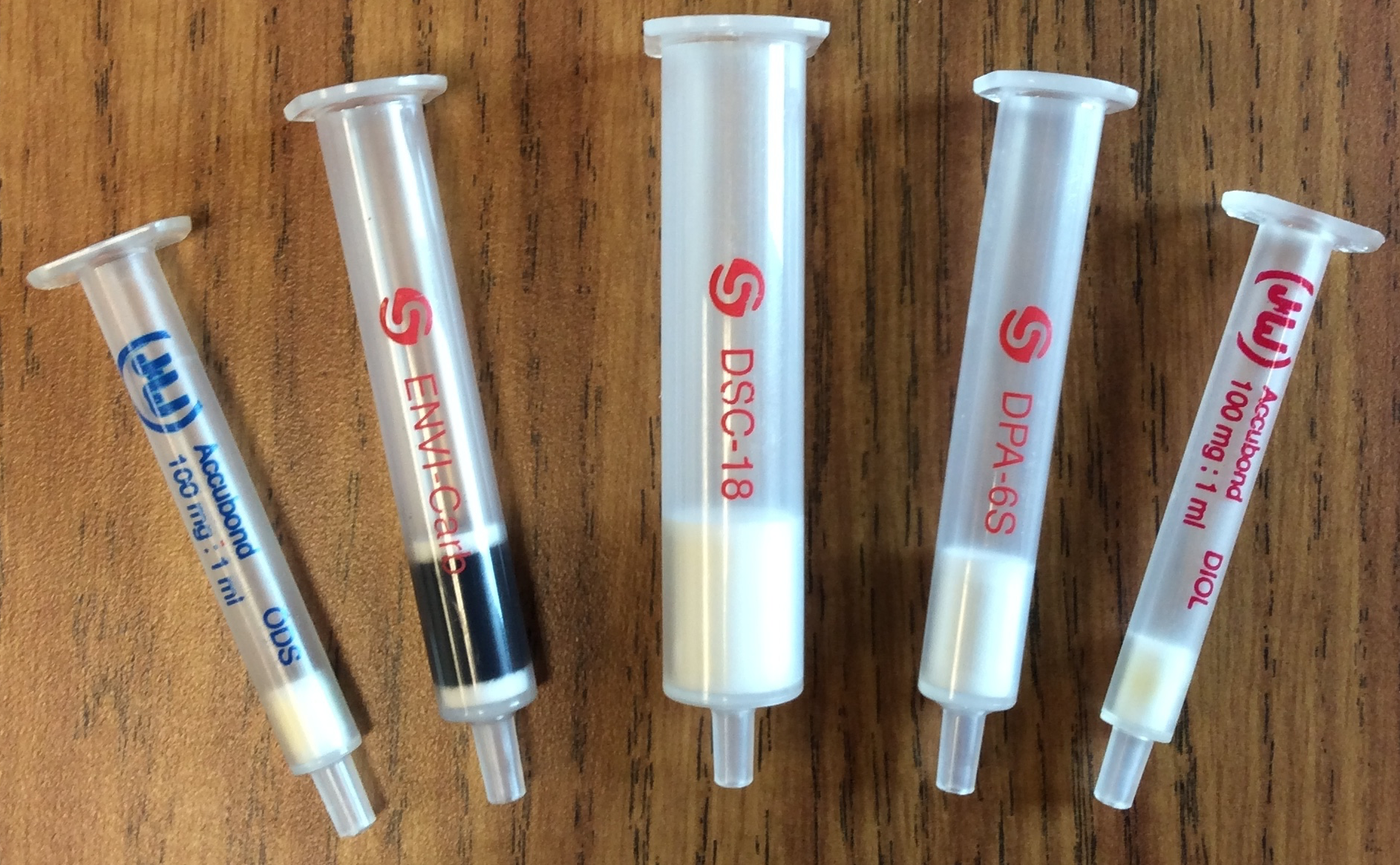
7.6 Classifying Separation Techniques Chemistry LibreTexts
Methods Of Separation Methods of Separation Most of the time the substances that we see around us are not in their pure form. They are basically a mixture of two or more substances. Interestingly, mixtures tend to also come in different forms.
